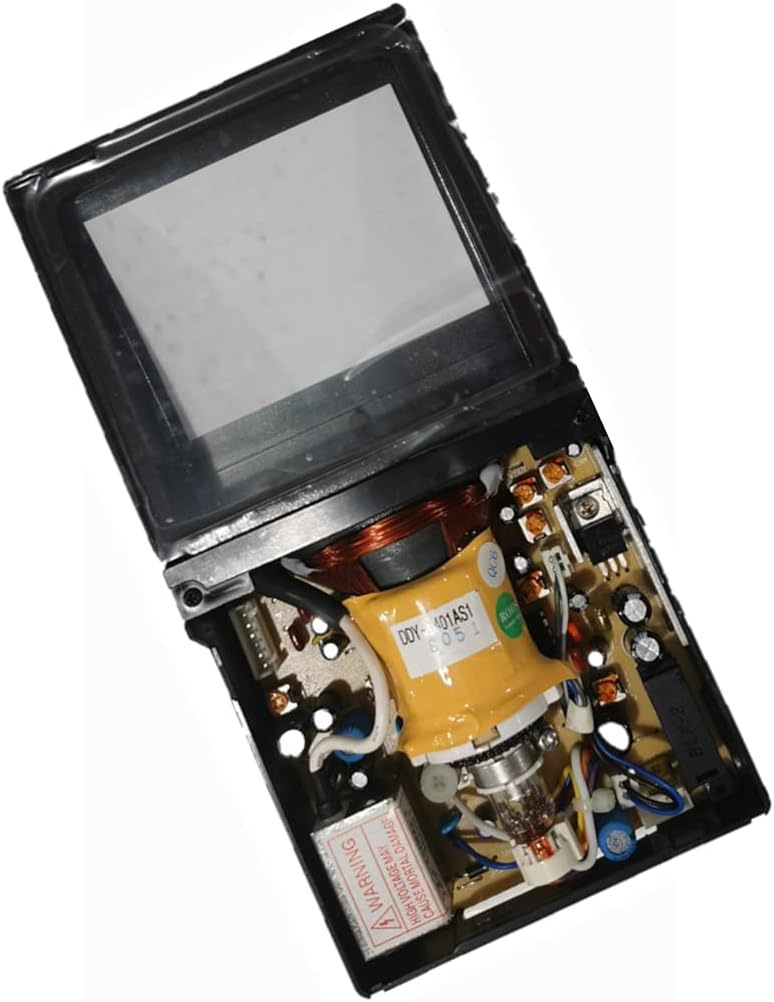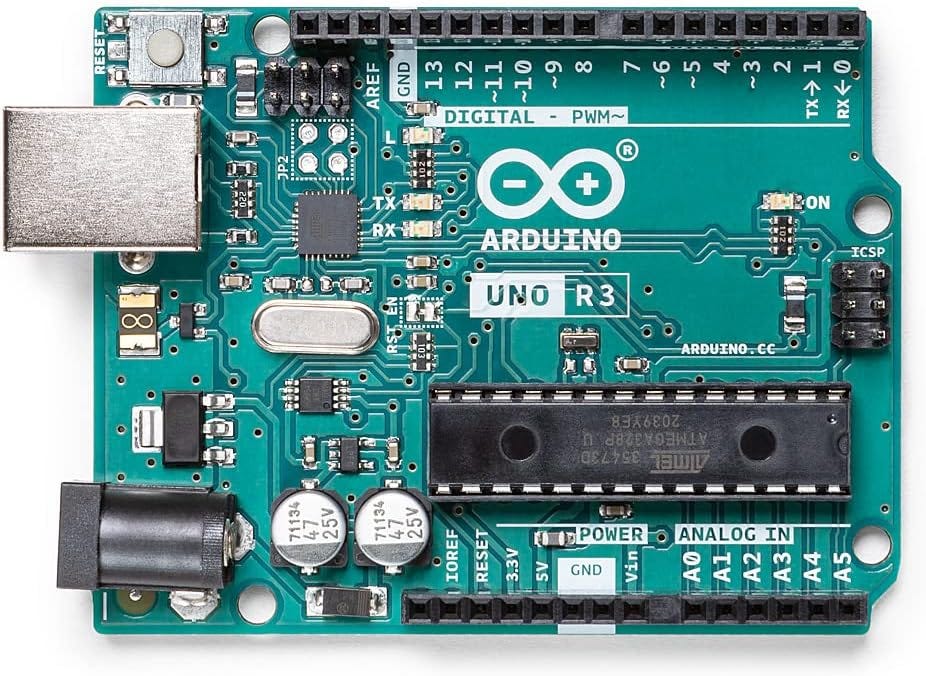Is this the coolest Robot ever built?
When imagining the future as a child, the vision often included a world filled with lively, interactive computer creatures. These machines were not just tools but beings with personality and soul, ready to be friends, co-workers, enemies and even pets. Today, devices like Alexa interact with people, but they lack personality and character. Where is the engaging interaction once envisioned?
Enter the world of creative hacking and innovation, where enthusiasts transform everyday virtual assistants into engaging, character-filled devices. In this project, a popular virtual assistant is transformed with the addition of animatronics and the repurposing of an old television screen, creating a machine that feels more alive and interactive.
Building the Future
The project begins with a vision: a device that interacts with people more personally. Alexa is great, but she lacks the personality once imagined for future machines. The goal is to create a device that interacts in a more engaging way, resembling a character in the story of everyday life.
The project involves hacking into an Amazon Echo, adding animatronics, and using a screen from an old television. The plan is to make the device feel more alive by incorporating features that allow it to interact more naturally. The television, one of the last generations of black-and-white CRTs, is disassembled and ready for a new life. The concept is to use this television to help the device "speak" by displaying a mouth that moves in sync with the voice, making the interaction feel more realistic.
Gathering Parts
The project starts with a trip to a local electronics store to gather necessary parts. Despite a restriction from his wife about buying more electronics, the creator convinces her that building a robot requires these parts, emphasizing the importance of the project.
Technical Work
The technical aspect of the project involves modifying the television's board to display the voice signal. By hijacking the horizontal signal sent to the tube and replacing it with an audio signal, the team hopes to see the audio on the screen. The animatronics are built using designs developed by Will Coogley from Nilheim Mechatronics, utilizing an Arduino, servos, and a 3D printer.
Creating Interaction
A self-contained face-tracking camera unit from Useful Sensors is used to allow the device to maintain eye contact with the user, making the interaction feel more personal. The goal is for the device to not just react when spoken to, but to seek out interaction and watch the user in a friendly, curious manner.
Overcoming Challenges
One challenge encountered is programming the Alexa to respond immediately to the wake word without additional commands. This is solved by tapping into the voltage supply that lights up Alexa's LEDs when the wake word is heard, allowing the microcontroller to sense this and activate the device.
Final Assembly
The final assembly involves integrating all the parts into a clear acrylic chassis, inspired by the transparent Apple IIe computer from the 1980s. This allows a view of the internal workings, adding to the charm and character of the device.
Testing and Presentation
After assembling all components, the device is tested. Despite some issues with noise and jittery servos, the project is deemed a success. The creator introduces the new interactive device, "AlexaTron," showcasing its ability to interact in a more engaging manner.
The project represents a significant step towards creating more personal and engaging technology, fulfilling the childhood vision of a future filled with lively, interactive computer creatures. The prototype, while not perfect, serves as a foundation for future developments in interactive technology.




